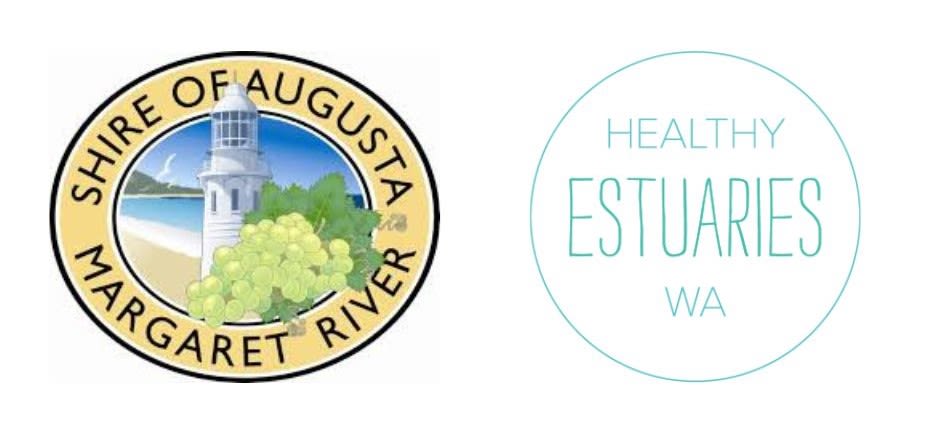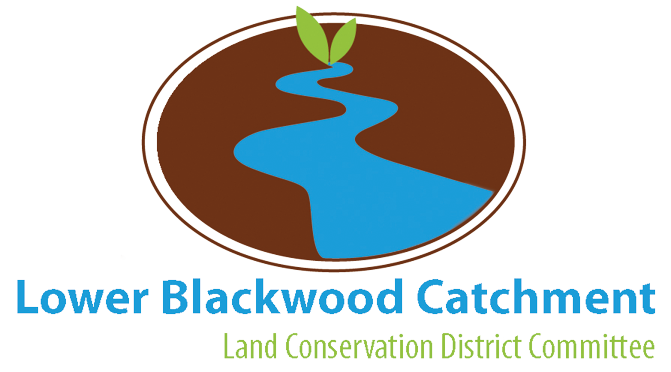Rockdale Farm, Warner Glen, Western Australia
Farmer Case Study
Regenerative Agriculture in Practice Project (RAPP) 2022
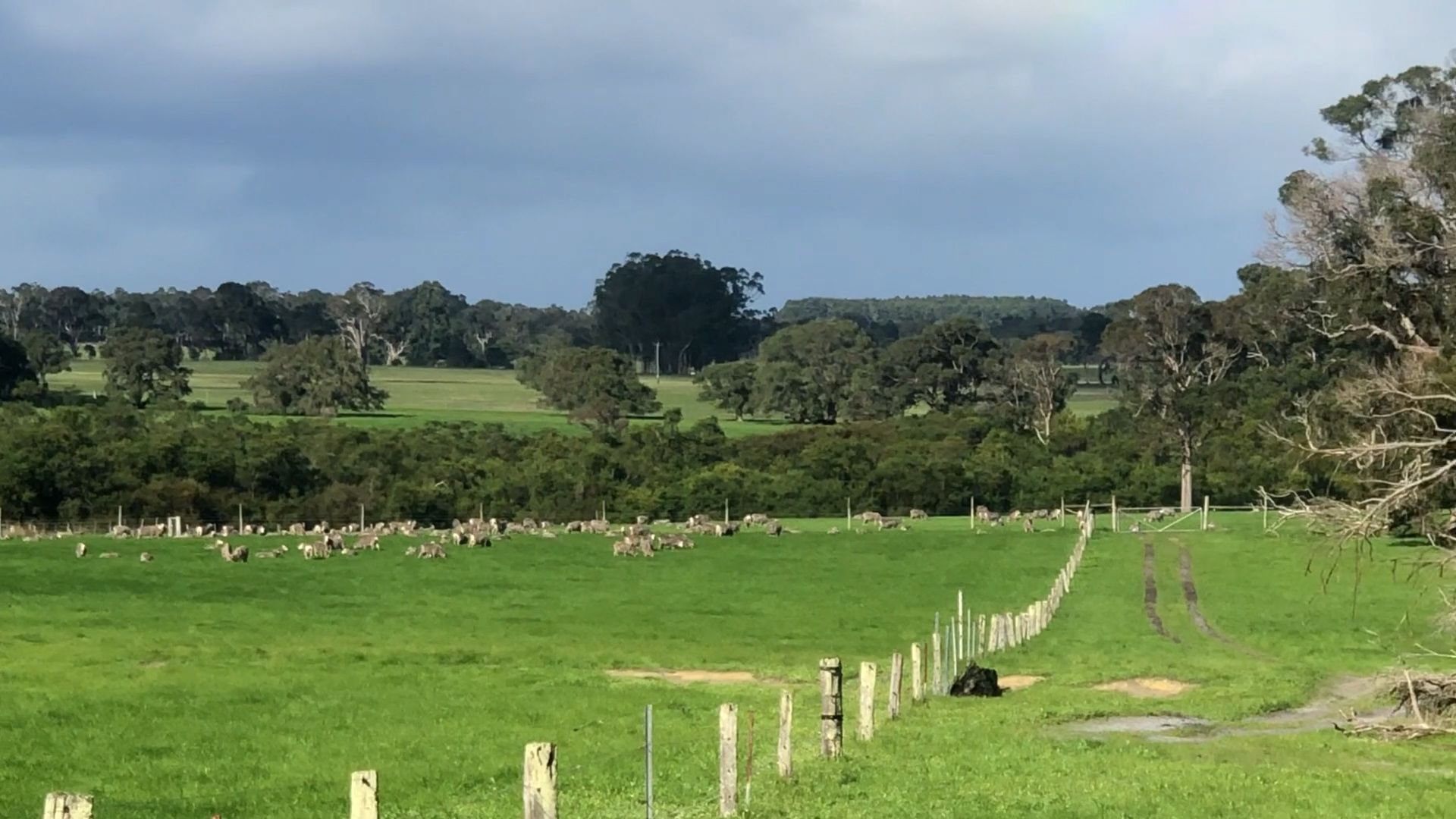
Rockdale Farm, Warner Glen
Rockdale, Gemma and Justin Todd's family farm, covers 270 acres on Warner Glen Road. As well as managing their own farmland they also lease two neighbours' properties, bringing their working farmland up to 140 Ha of grazing plus bush and treelines. The property is nestled into the undulating landscape of the glen.
The farm was originally focused on viticulture with sheep as lawnmowers, but as the wine industry wobbled the sheep industry was booming, so the family made the smart move over to sheep farming. The vineyard was officially switched off three years ago.
Rockdale Farm now runs 1,200 Merino sheep crossed with Black Suffolks.
The family breeds their own rams and they also 'fat lamb'. The lambing percentage is around 111%, with around 1,350 lambs coming off the property each year.
The farm is set on dark grey loamy soils, and can be dry and sandy in some sections with wet areas that are often waterlogged through the winter. About 50 acres of the farm can't be grazed over winter.
Rockdale has been in Gemma's family for 2 generations. After establishing careers outside farming (Justin was a mining engineer working all over Australia and Gemma was an Occupational Therapist) Gemma and Justin decided to return to the homestead to bring up their family.
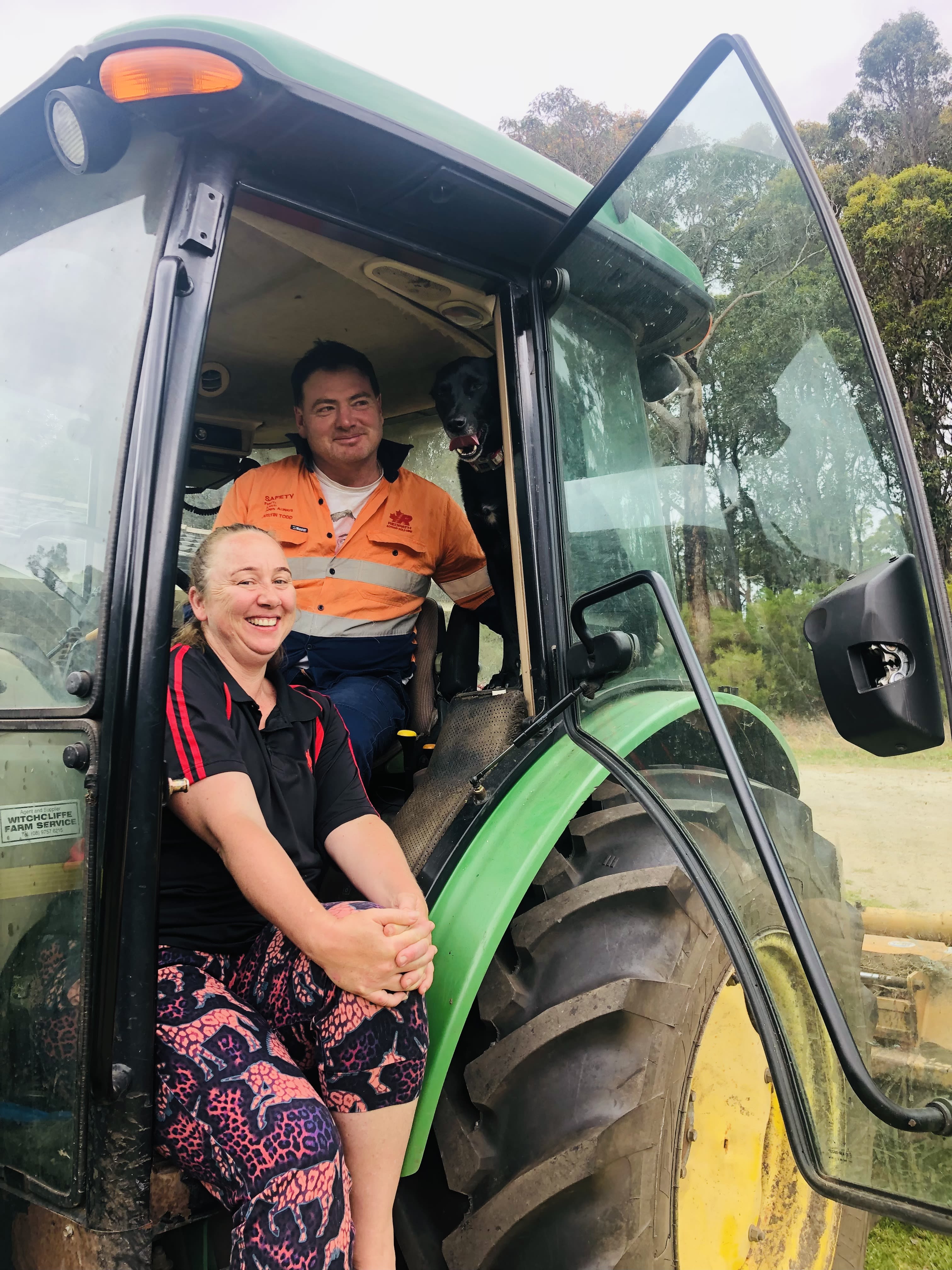
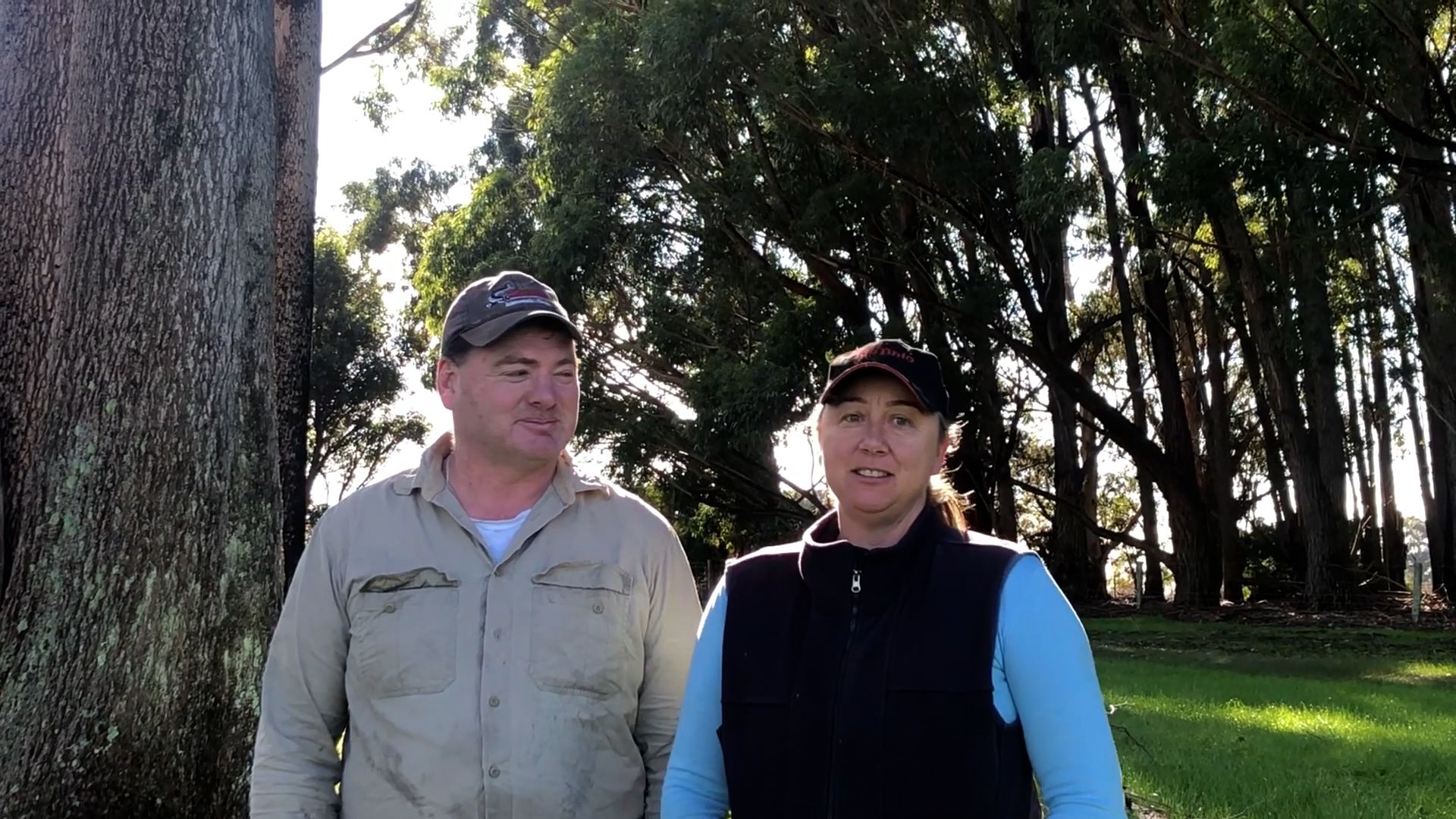
FACT FILE:
|
Project name: |
Regenerative Agriculture in Practice (RAPP) 2022 |
|---|---|
|
Landholder: |
Gemma and Justin Todd |
|
Location: |
Warner Glen, Western Australia |
|
Property Size: |
140 Ha pasture + 35 Ha bushland |
|
Enterprise: |
Sheep |
|
Av. Rainfall: |
1005.9 mm |
|
Climate: |
Mediterranean |
Motivation for Trying Something Different
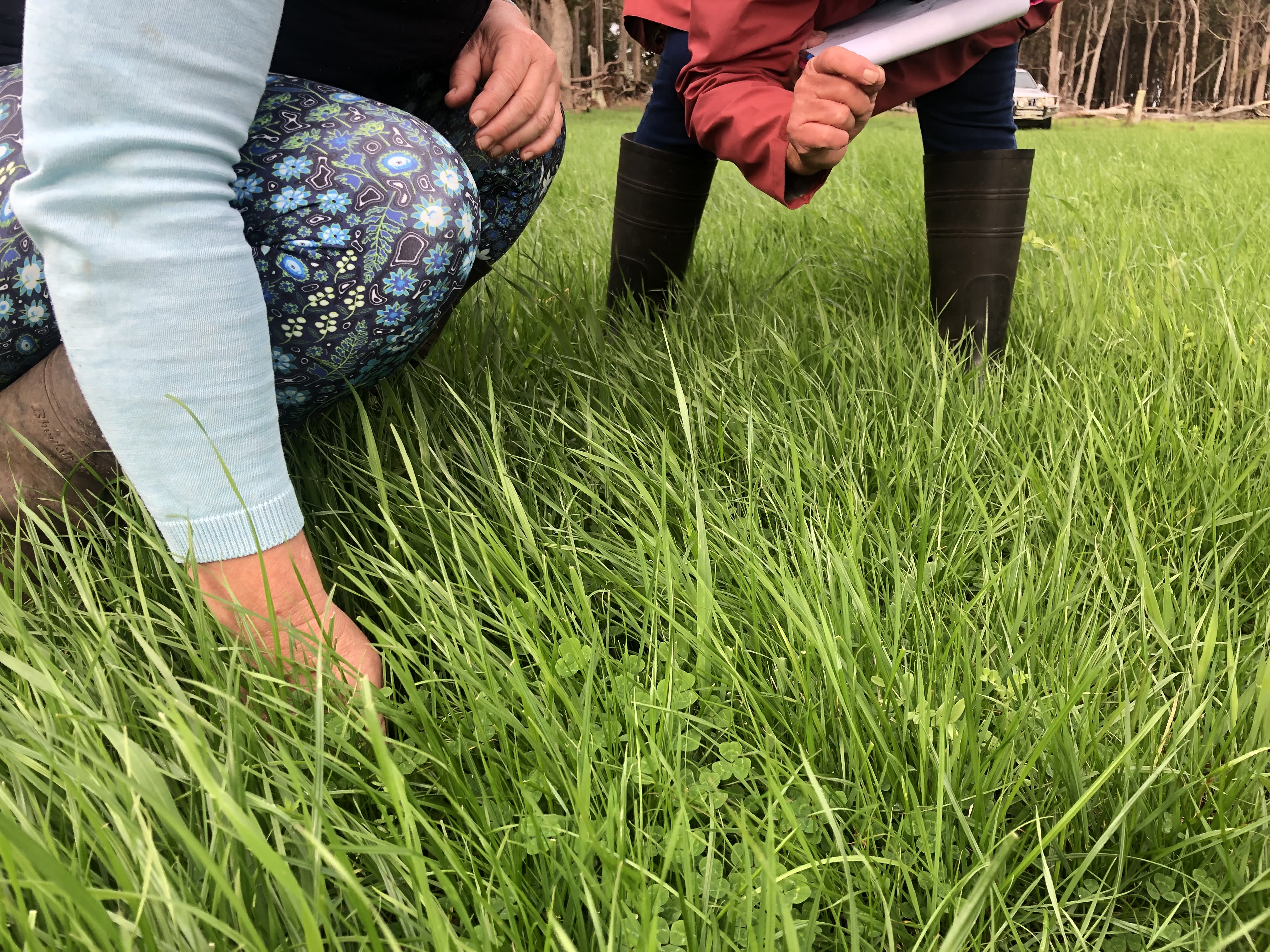
A few years ago Gemma and Justin along with a group of local sheep farmers had formed the South West Lifetime Ewe Management Group and worked through the Lifetime Ewe Management Training Program. The course had focused on ewe condition scoring and best practice ewe and lamb management to increase reproduction efficiency and wool production. This had a significant impact at Rockdale, raising lambing rates from 90% to 111%. Following that, the natural progression was to look at improving pastures to boost ewe and lamb health and also reduce potential fertiliser costs.
"We just had rye grass and clover - and were quite clover dominant, which had been fine, but knew it could be improved."
Gemma and Justin felt that regenerative agriculture could be a way to move forward, but as Justin admits, Google wasn't much help. With so much conflicting information out there he and Gemma were seeking some specialist knowledge that could have a direct and practical impact on their farm.
"Being involved with a core group and talking about what they've tried, going to their properties, seeing what's worked and getting that honest, personal feedback was really useful. This program is different because you're not just talking about it, you're actually doing it so the rest of the group can go out and see what's worked and what hasn't." - Gemma.
Gemma and Justin run a commercial farm. With inputs varying so much they are trying to achieve the same outcome with reduced inputs, and from Justin's initial research regenerative farming seemed to be a good way to start.
"We're in the first year of a trial and interested to see where it takes us."
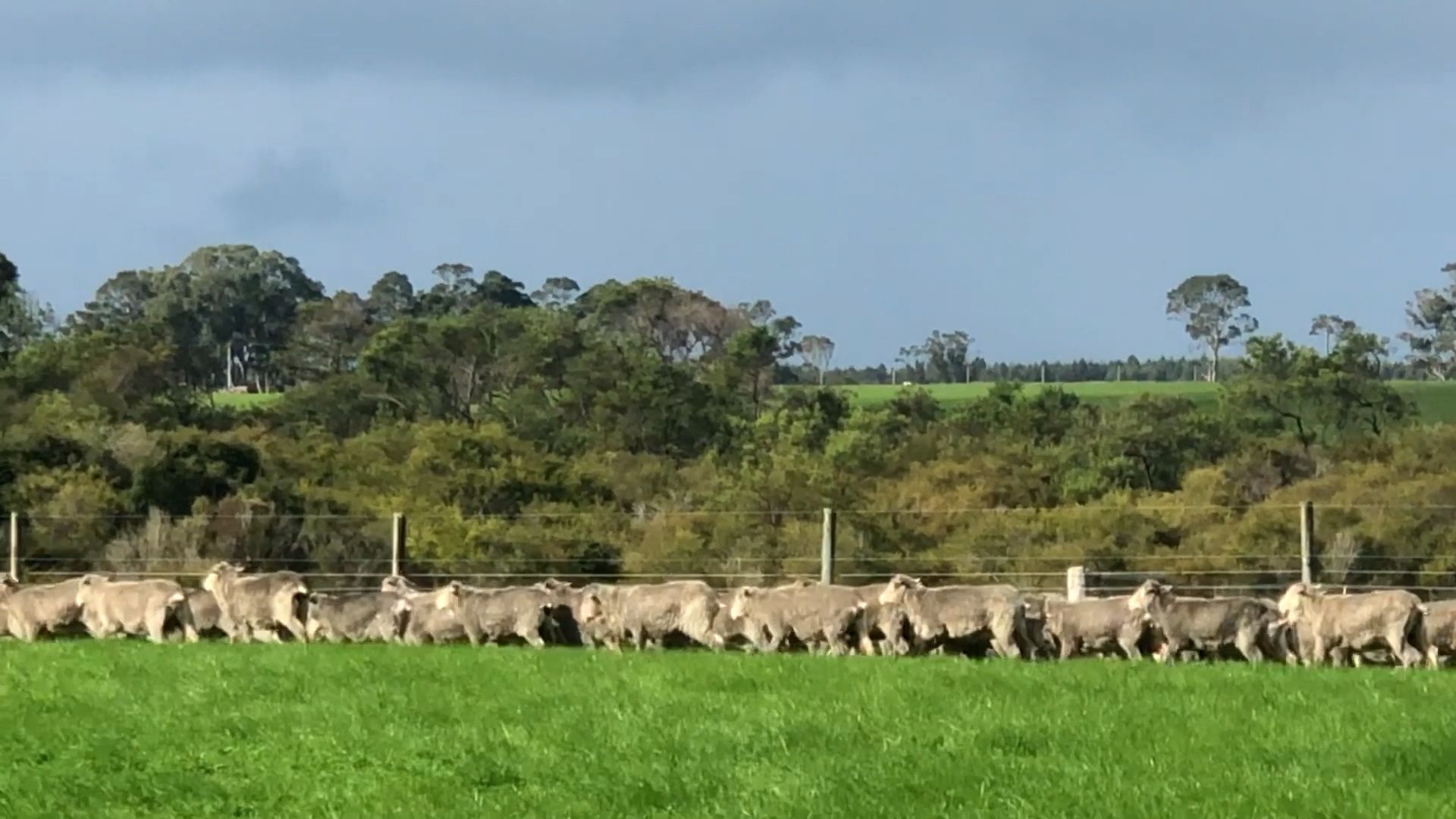
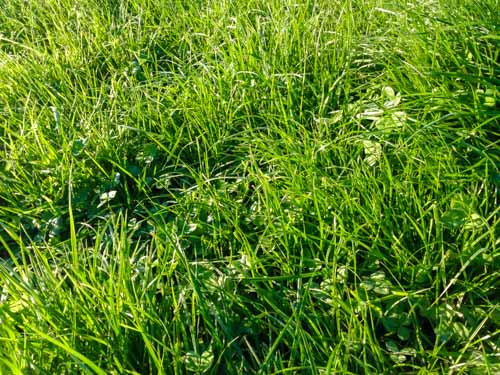
Challenges
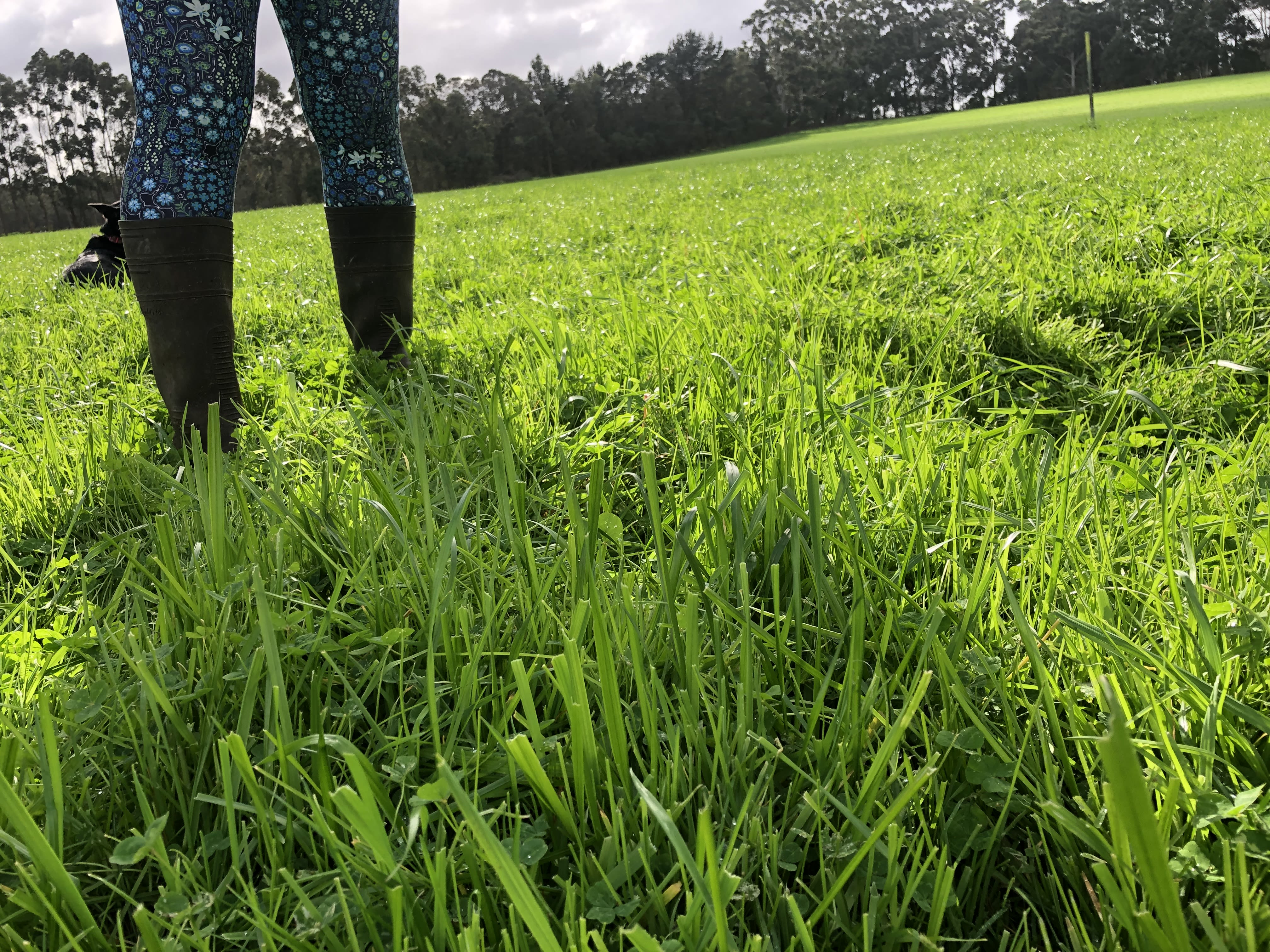
Challenges
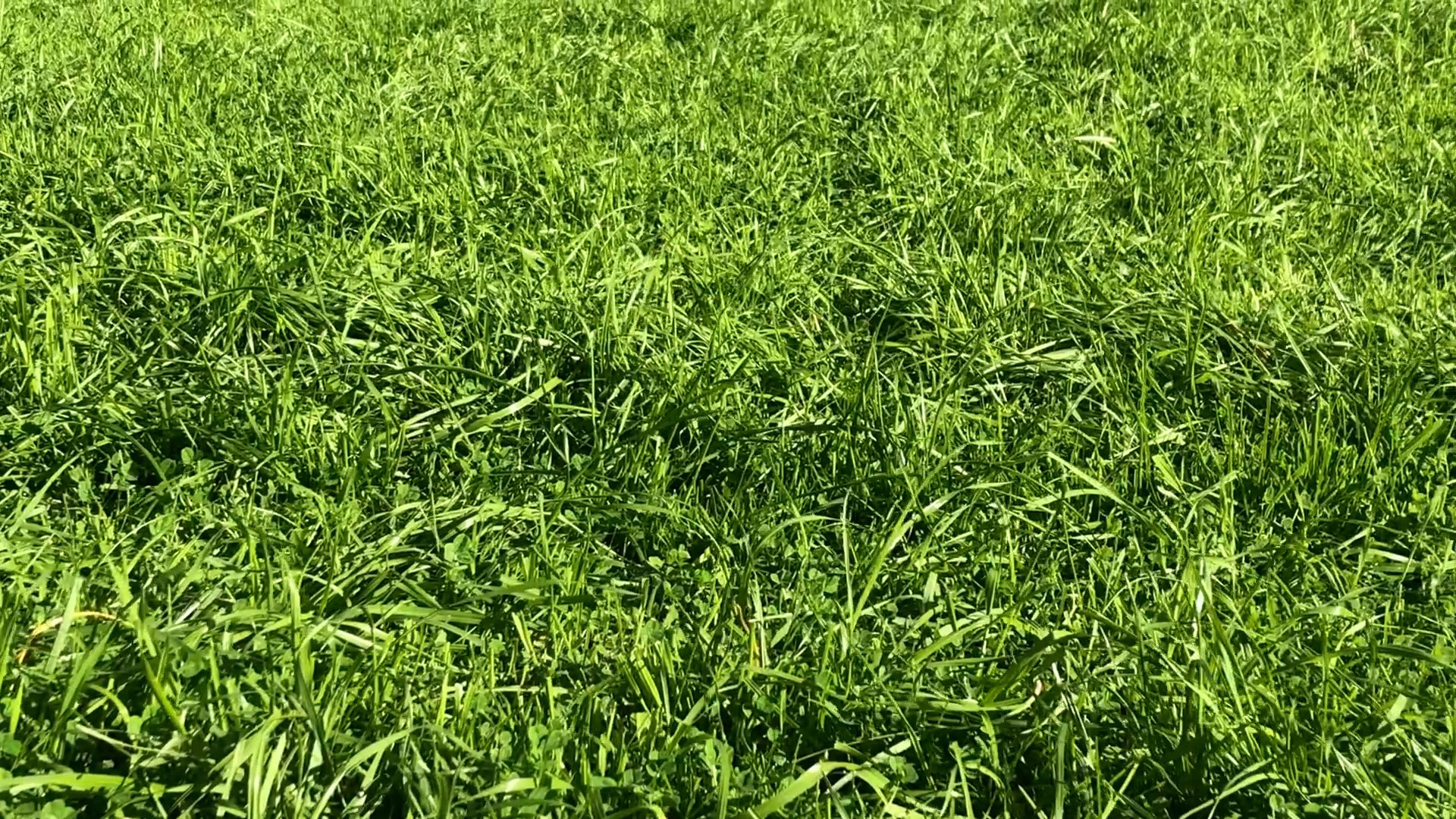
Pasture Quality
After doing the Ewe Management Course they knew how much to feed through the dry months, but they also realised that they needed to focus on the pastures. The farm was quite clover dominant and they seeded some rye grass, but changes were needed to improve the nutrition value. There was a lot of information online about pasture improvements, but filtering through it all was very time consuming - and the recommendations were often conflicting.
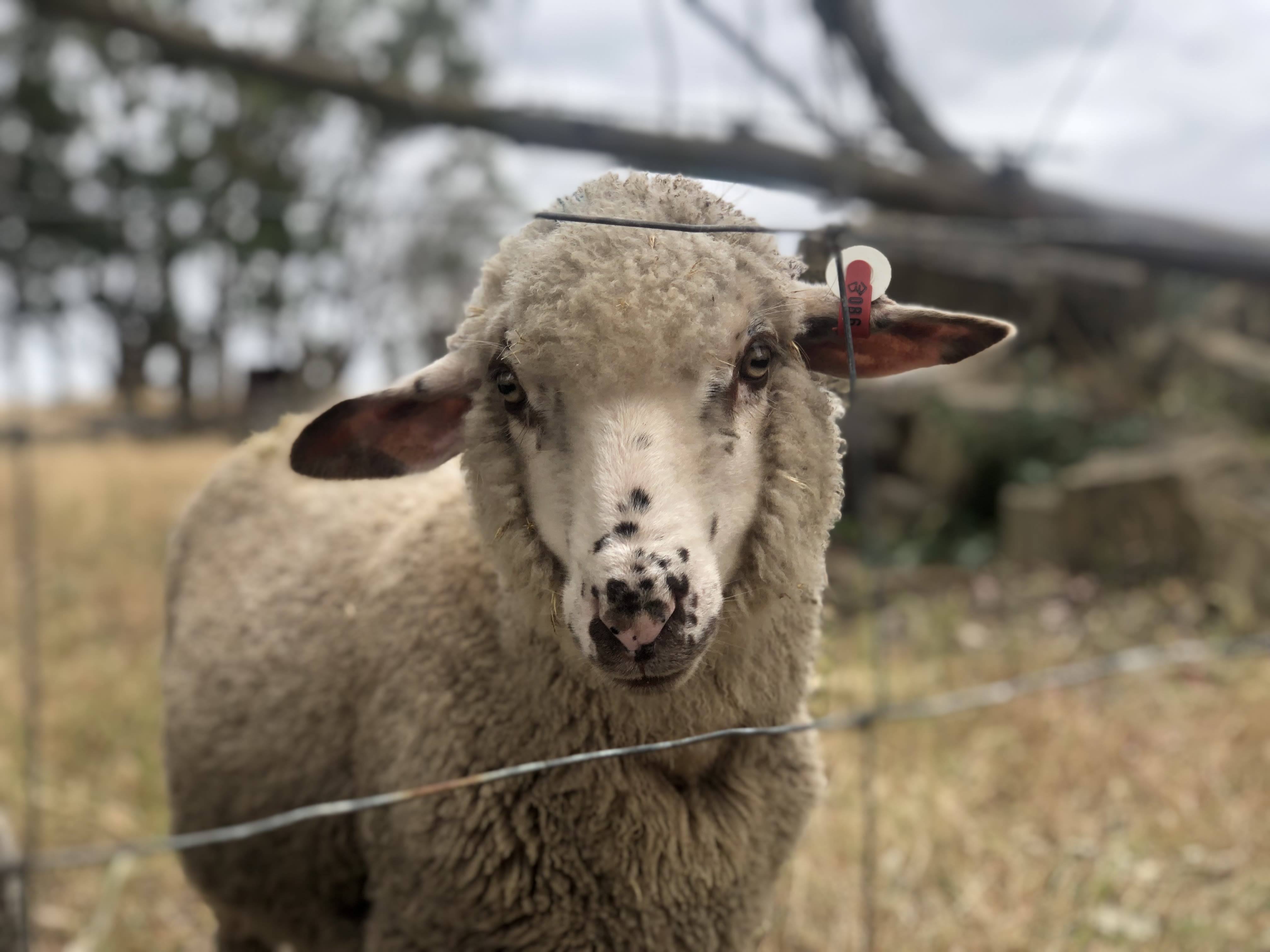
Grazing
Moving sheep on a regular basis is hard - particularly during lambing. It was hard to find a system that would accommodate the mob numbers that Gemma and Justin were dealing with.
Practical Changes
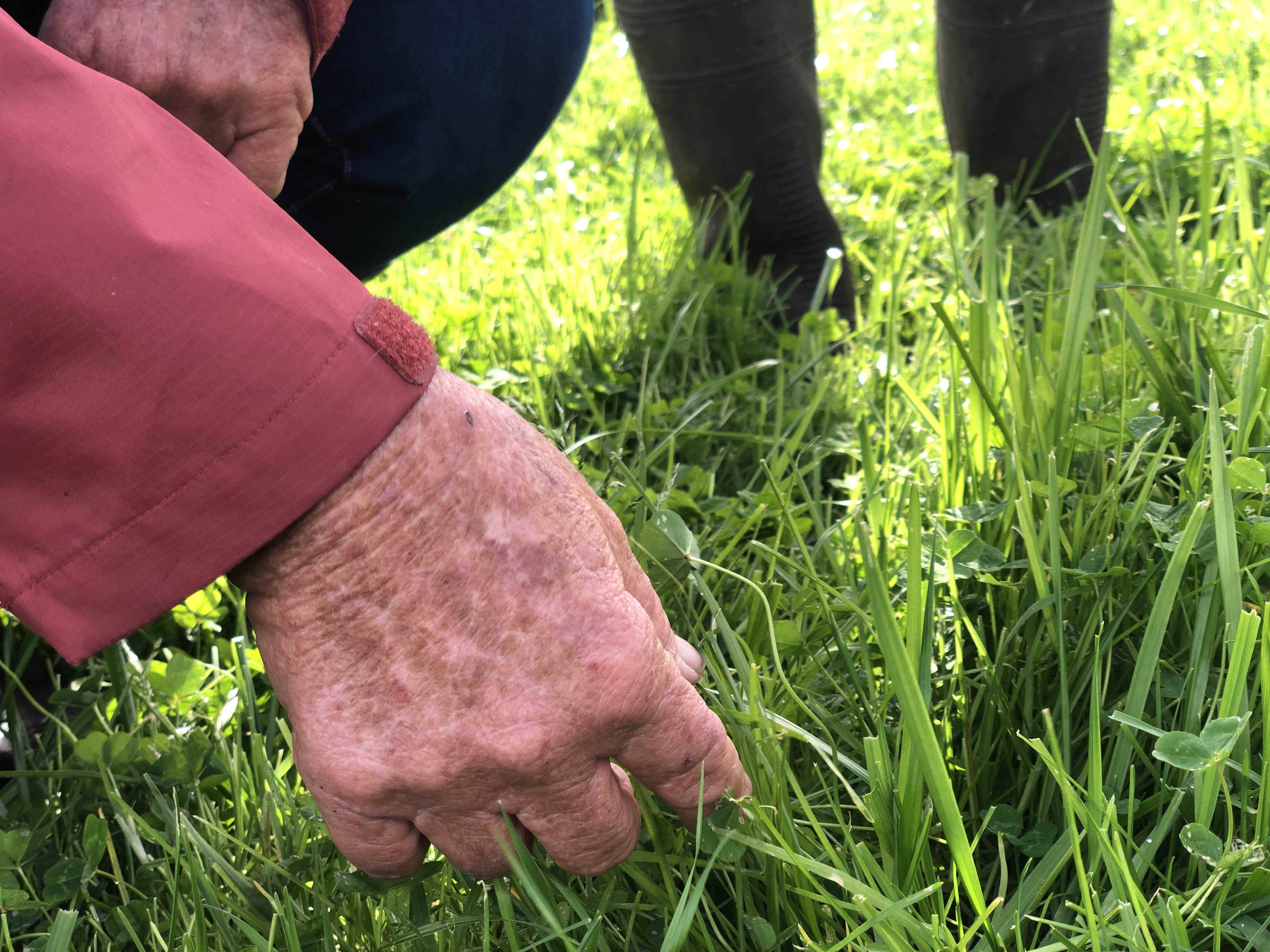
Gemma and Justin have implemented some practical practice changes to improve farm productivity. More granular planning as well as advice about moving sheep mobs more easily have already had an impact.
Whole Farm Planning
"Lots of people have a plan for their farm but it's rare to find a good to way to visualise it." - Justin
Both Gemma and Justin were impressed with the Whole Farm Planning modules of the program. It was more than just mapping the landscape; David Hardwick spent time with the group and with individuals over four full days to prepare a comprehensive plan assisting landholders to understand how their farm landscape works, to identify, assess and prioritise issues, identify carbon farming project opportunities and work up well thought out and appropriate strategies for the improvement of overall landscape health and enterprise productivity on their farms for the long term.
The identification of Landscape Patches particularly resonated with Justin. Considering the farm as a 'jigsaw' and working through the best ways for it to all fit together was a new way to look at managing the farm.
"It makes you get [your plan] from your head into a format that you can visualise, and then you can actually act on what's in front of you instead of just mentally ticking it off..." - Gemma
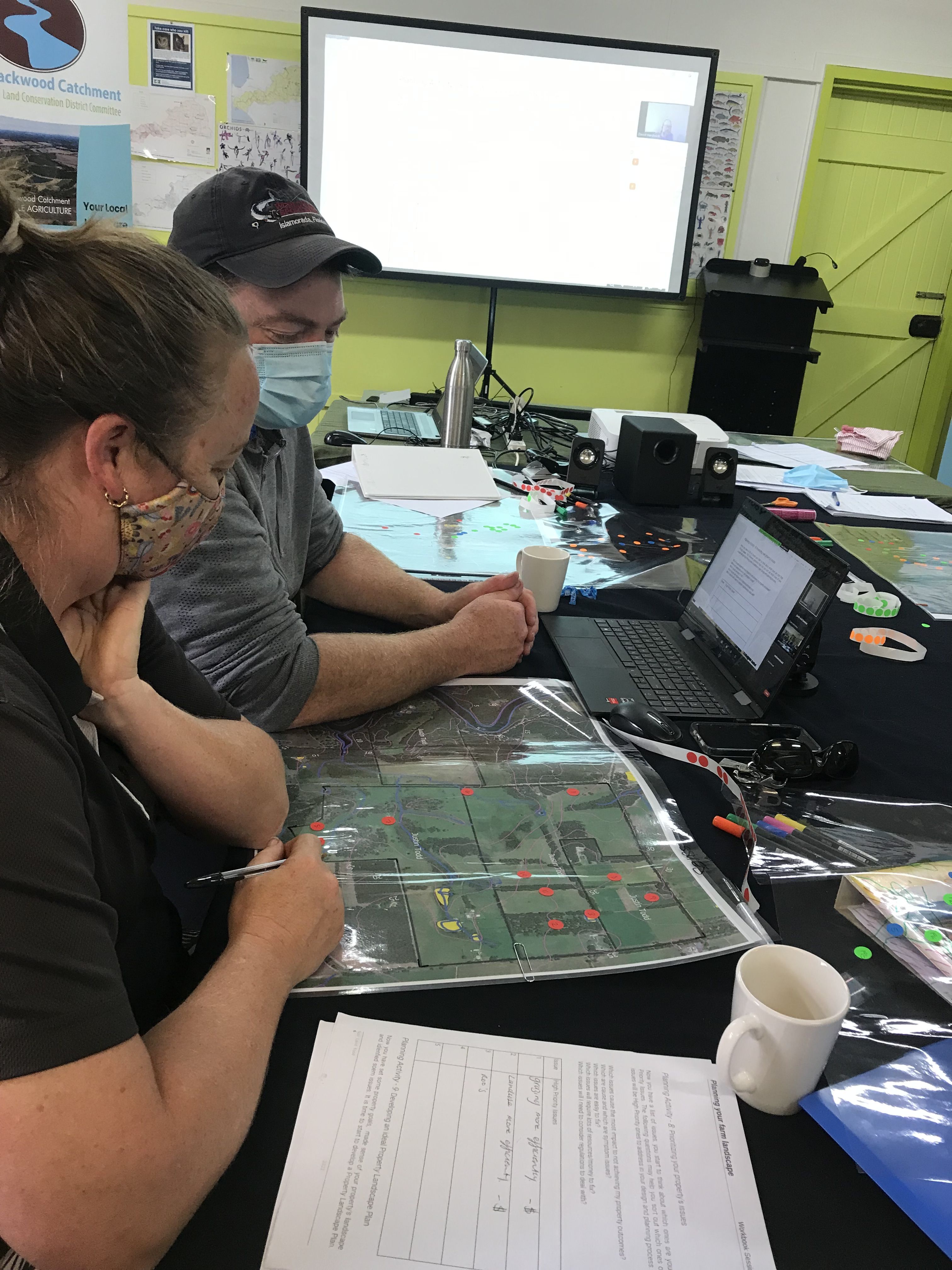
Regenerative Grazing Practices
Dr. Judi Earl (a leader in the practice of using livestock to improve soil depth and health, water retention increased biodiversity and animal production) spent time at Rockdale Farm and, working closely with Gemma and Justin, developed a bespoke grazing program to revitalise the pastures.
Justin and Gemma have four mobs with lambs that are currently rotated every 3 to 4 days. Judi suggested reducing that to 2 days and increasing grazing intensity.
Justin agreed that this is doable, but hard. His paddocks are gated, and that's a lot of sheep to move on such a regular basis. Moving mobs every second day would cut into weekends and impact family life (kids sport etc).
"But as Judi said, fit your rotations into your lifestyle." - Justin
"It comes right back to what you've learned and what you want to implement. You take and use what works for you, your farm and your family." - Justin
Justin feels that the regular mob movement may be easier for cows than sheep, but recognises that some of Judi's strategies could have a significant impact on lambing. Over the next season he's keen to split mobs into smaller groups using electric fencing (one of Judi's practical suggestions) so he can trial her grazing methods.
Considering annuals as well as perennials in the pasture seed mix struck a chord with Gemma. Realising that grazing nutrition as well as ongoing soil health could be boosted with a different seed mix led the couple to planting a successful trial site in one of their paddocks.
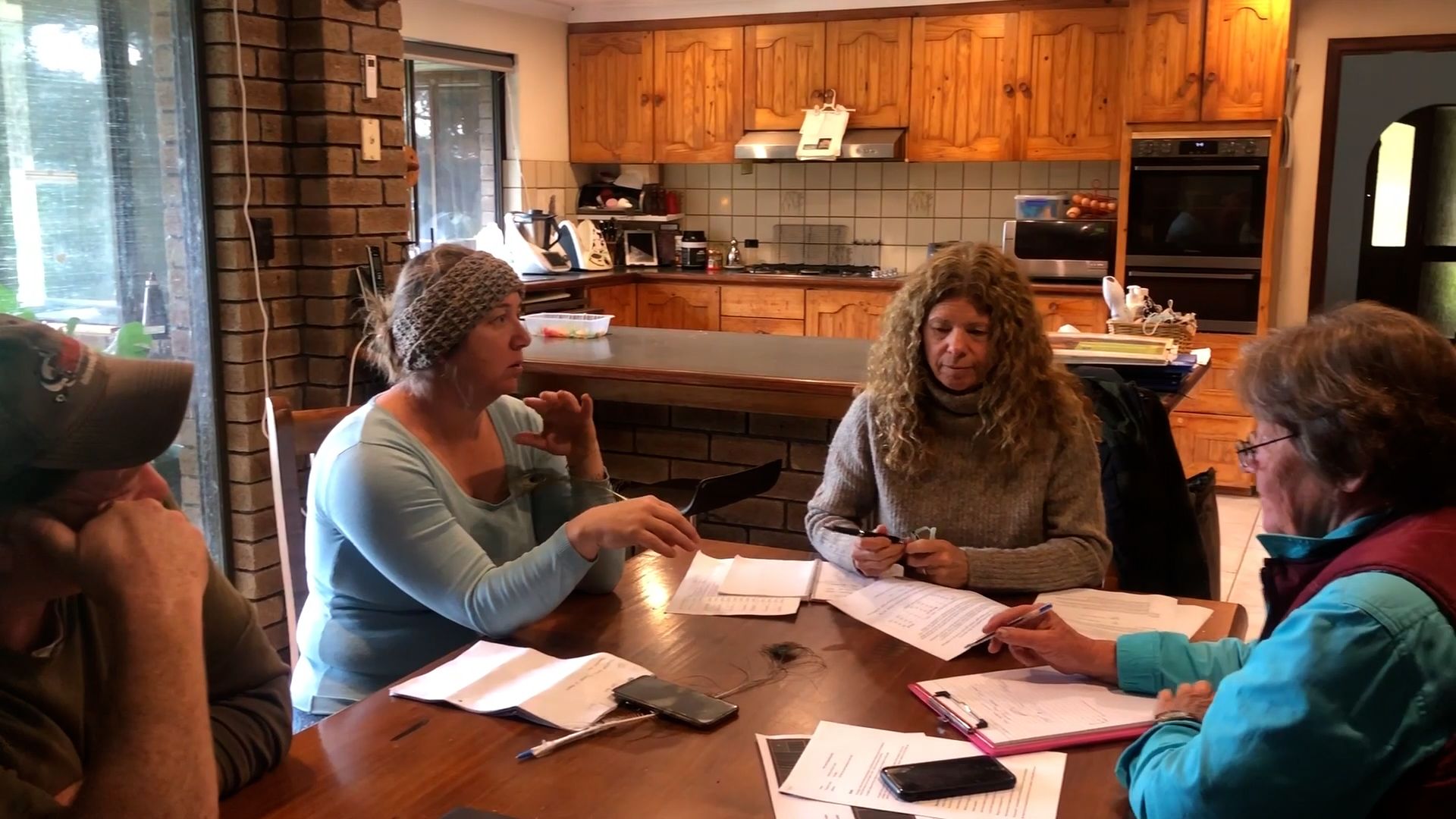
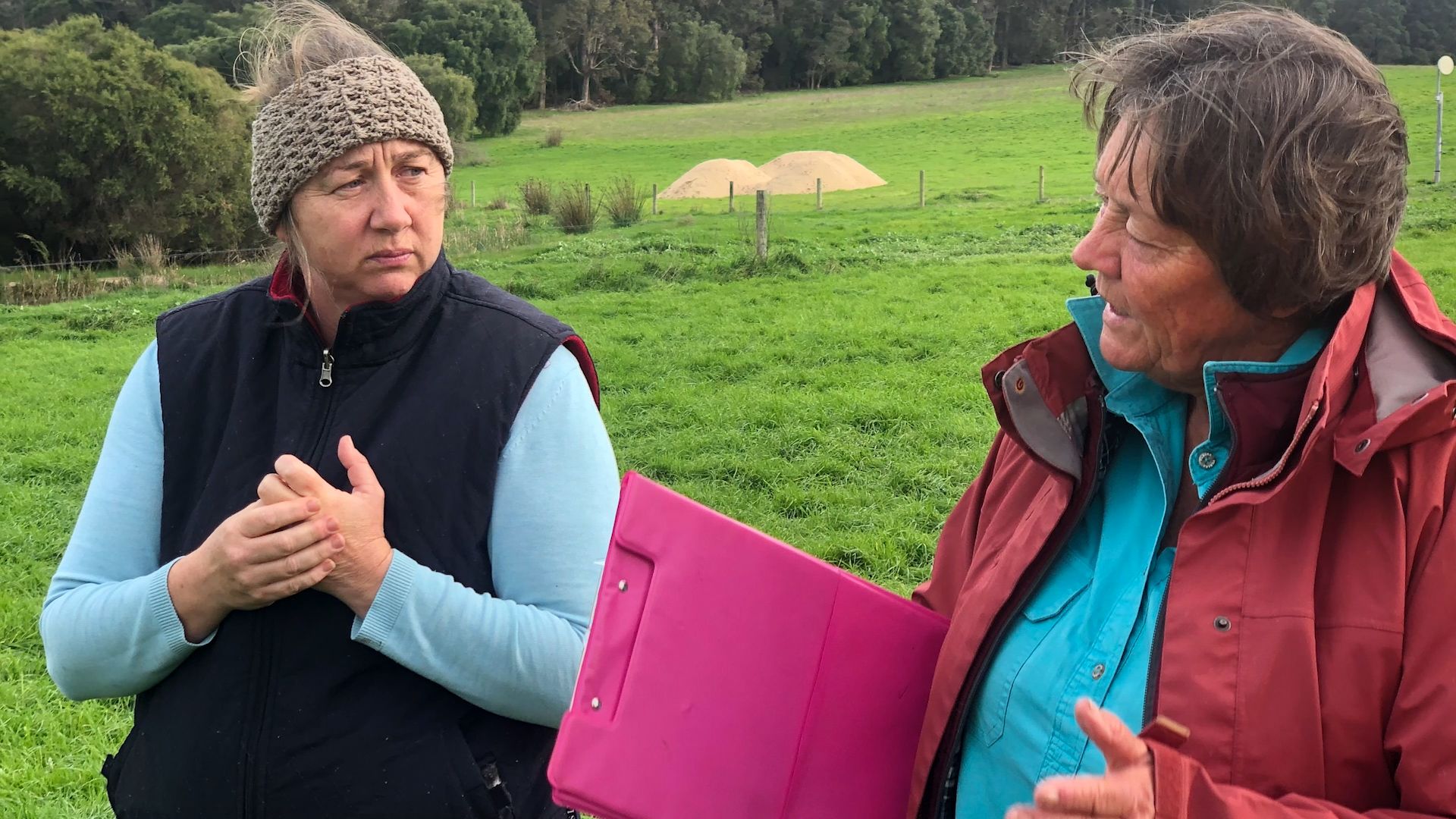
What's next?
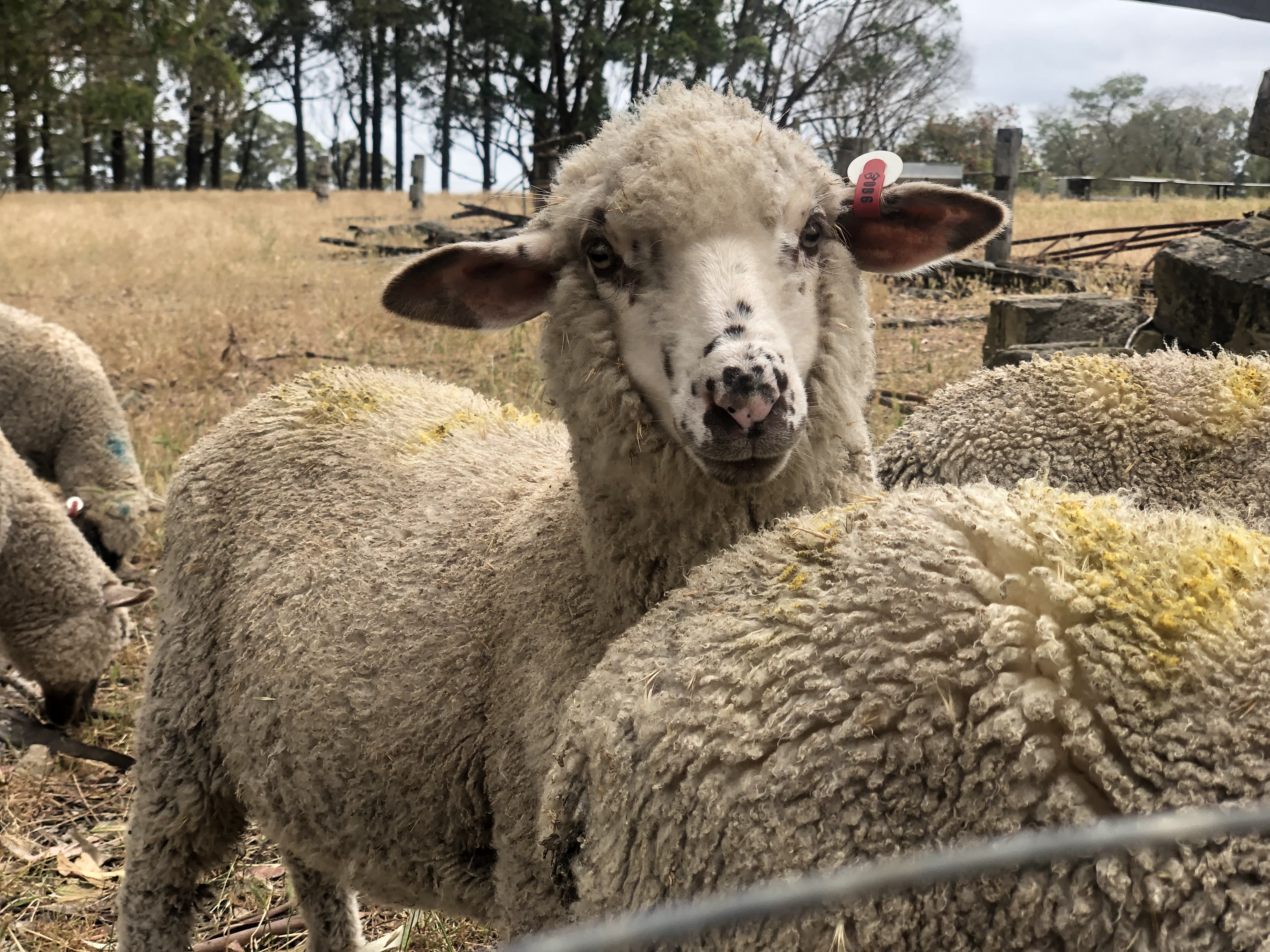
Both Gemma and Justin had have a lot of ideas for the next few years of the farm.
- Temporary electric fencing to move mobs - even in lambing season
- Perennial pasture seeding to improve nutrition
- Continually review their detailed farm plan
- Ongoing monitoring of soil data for maximum pasture growth
- Ongoing discussions with the RAPP peer group to discuss practices
"As farmers in this climate we have a social license to be seen to be doing best practice and I think going down this track is the way we need to be going with climate change and the other pressures on our environment." - Gemma


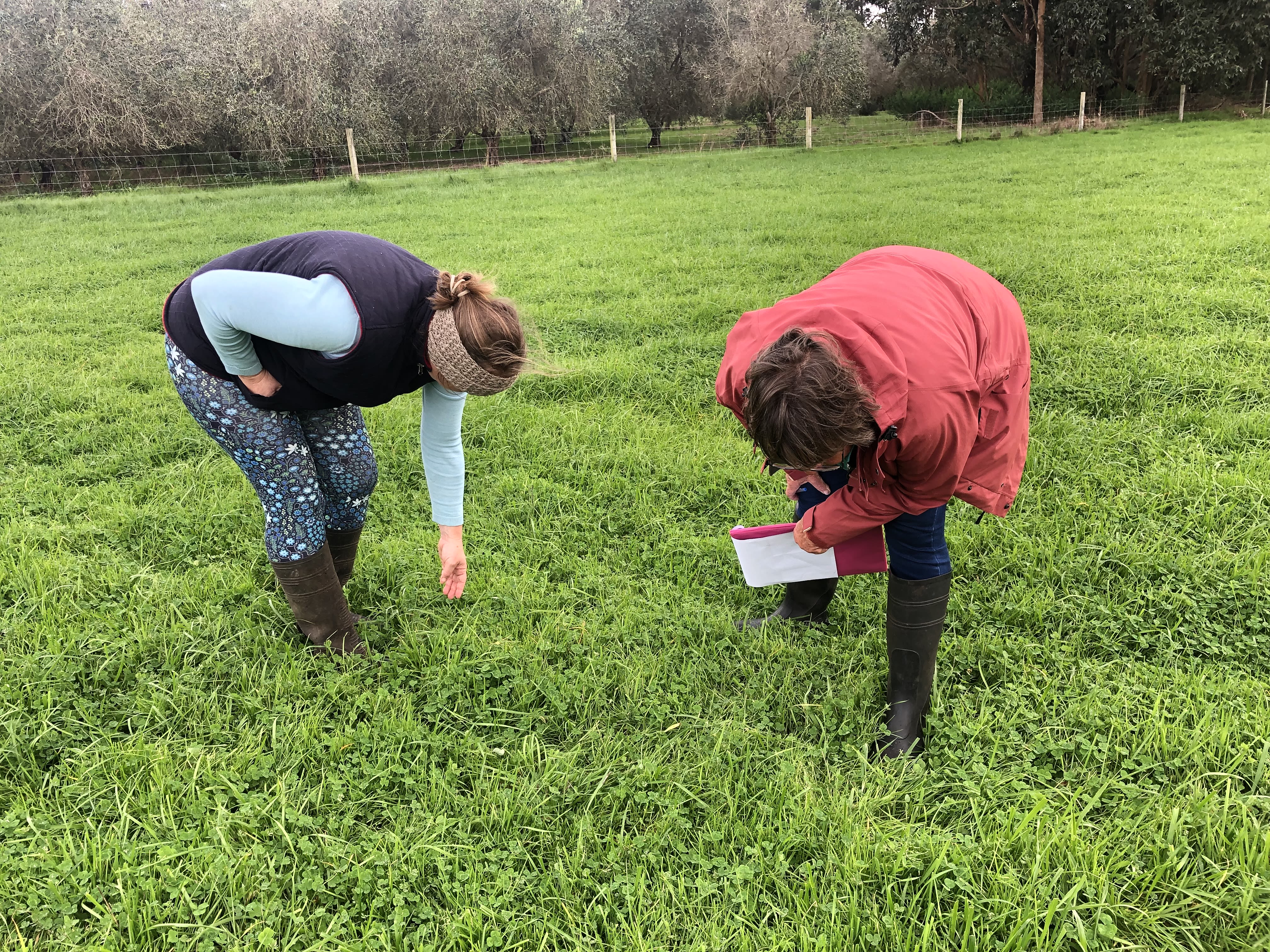

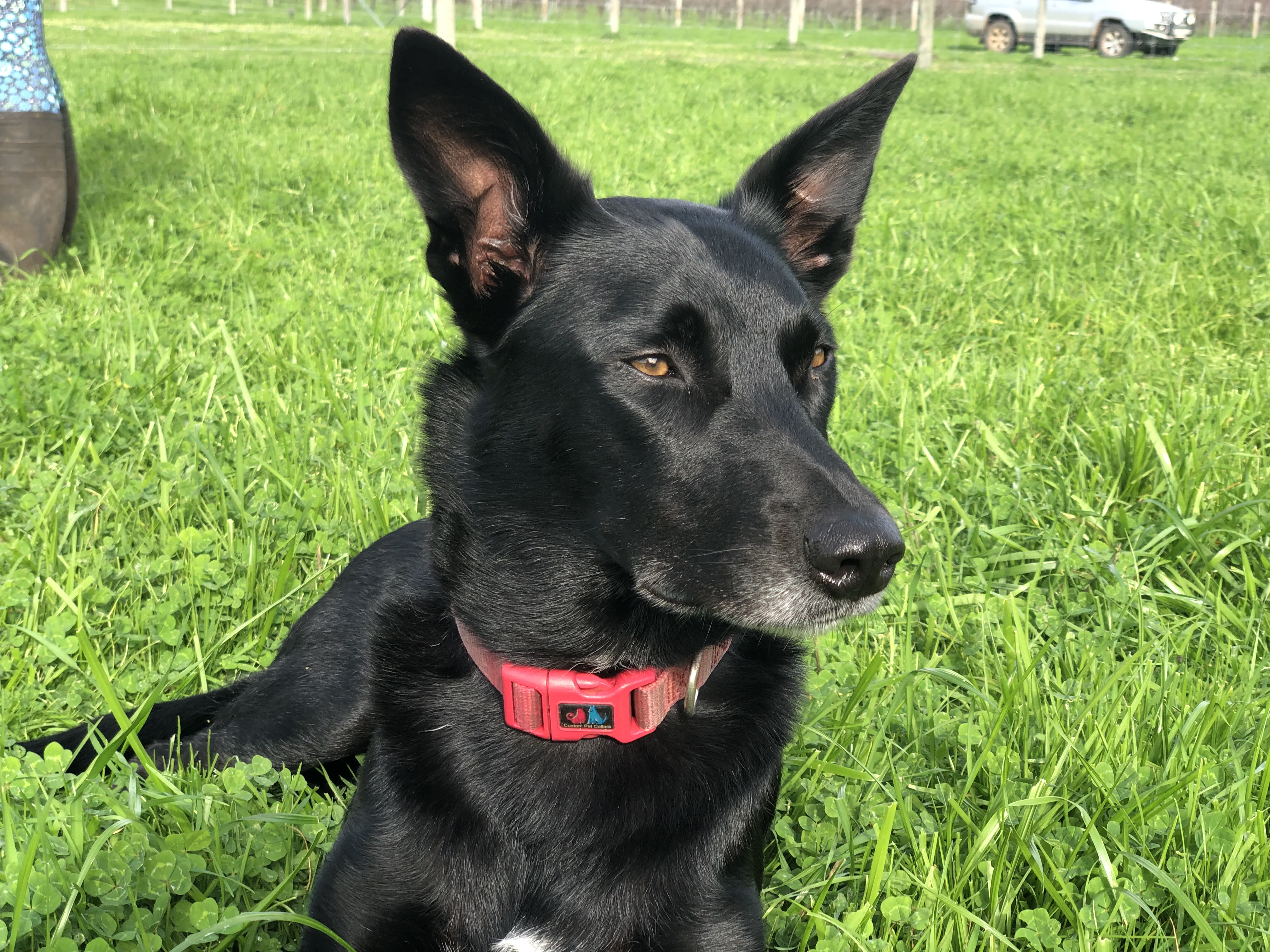
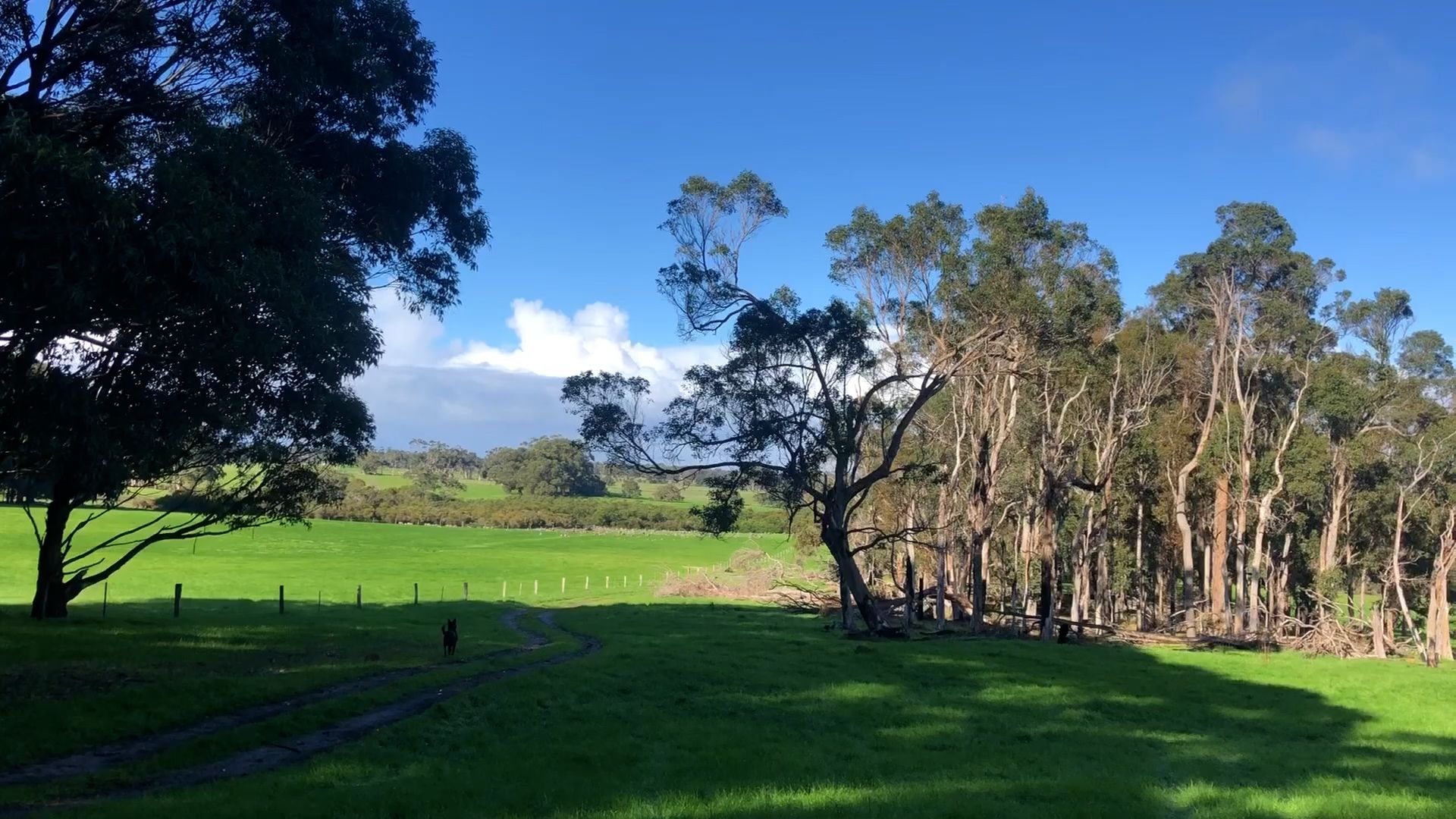
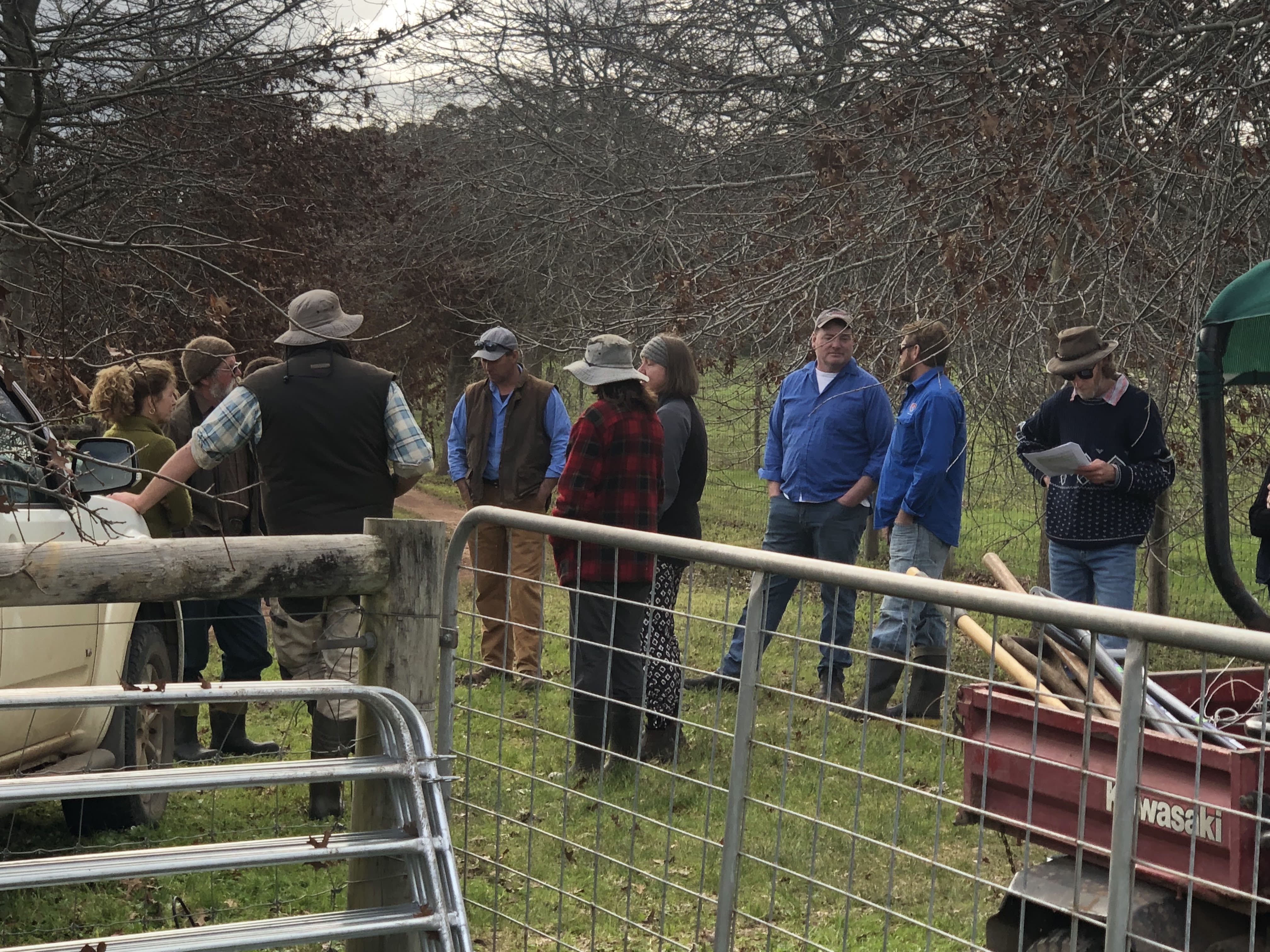
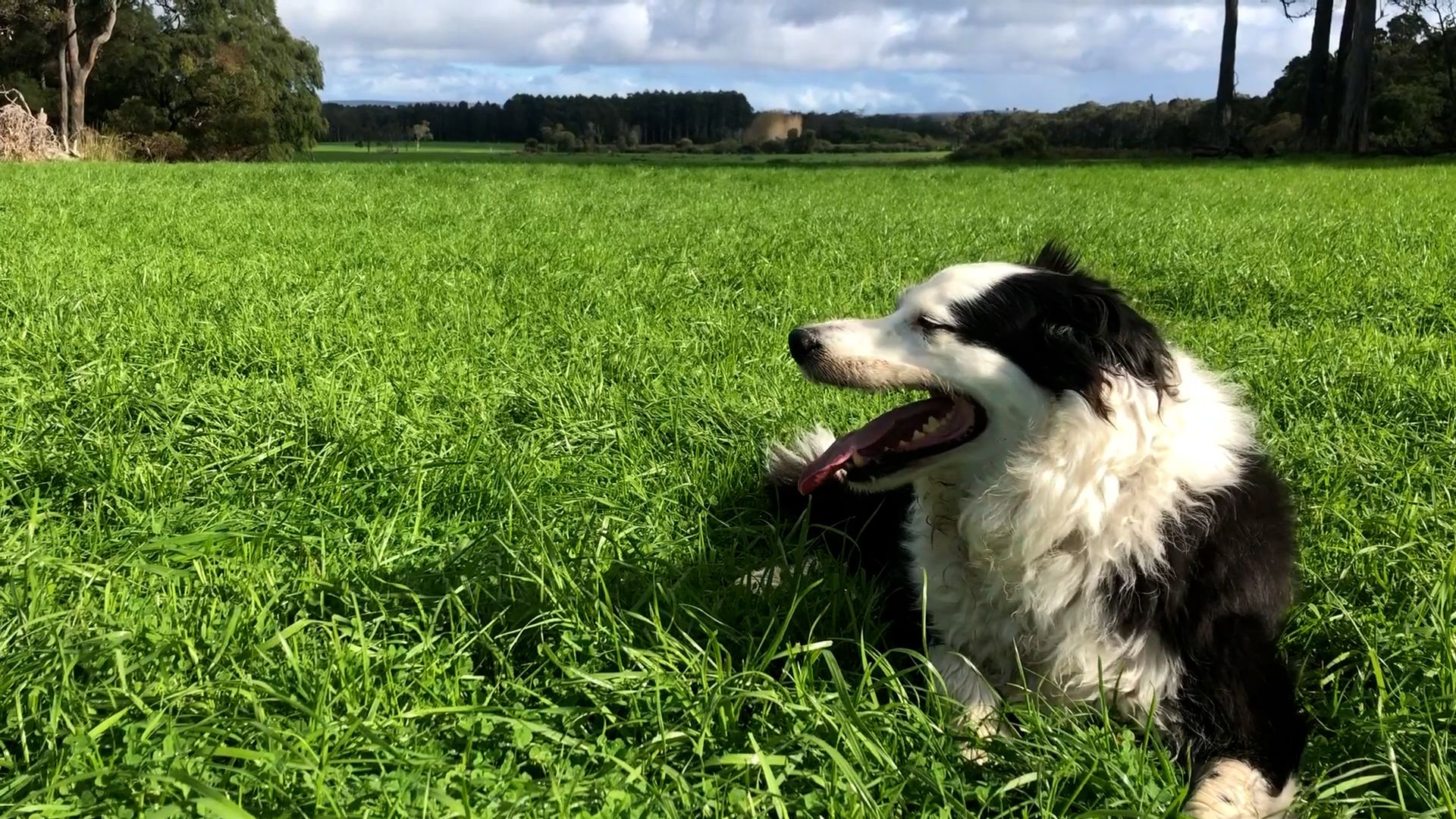
The RAPP 2022 Project: A whole of landscape approach
Regenerative agriculture is a 21st century, science based way of farming. It applies an ecological approach to agriculture, working with the ecology of a farm to achieve profitable production along with looking after the natural capital of an enterprise, its soils, water, vegetation and wildlife.
The 2022 Regenerative Agriculture in Practice – A Whole of Landscape Approach project expands on both our 2020 (Grazing Management) & 2021 (Building Resilience) projects under the Augusta Margaret River Shire’s Environmental Management Fund.
The project includes 4 key elements:
- Whole Farm Planning
- Soil Health and Resilience
- Regenerative Grazing Management
- Exclusive Peer Group events and webinars

This case study forms part of the Regenerative Agriculture in Practice 2022 project. This project has been enabled through the Augusta Margaret River Shire Environmental Management Fund with support from Healthy Estuaries WA.
